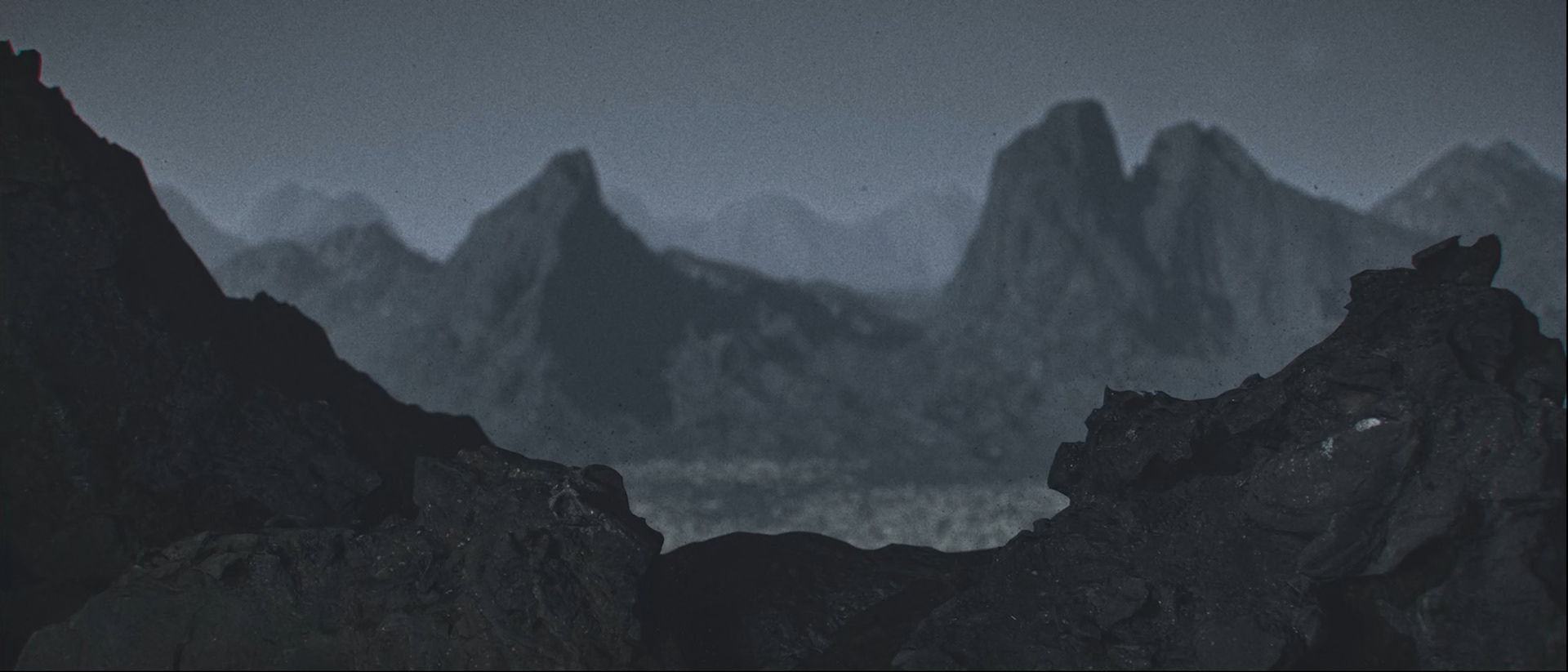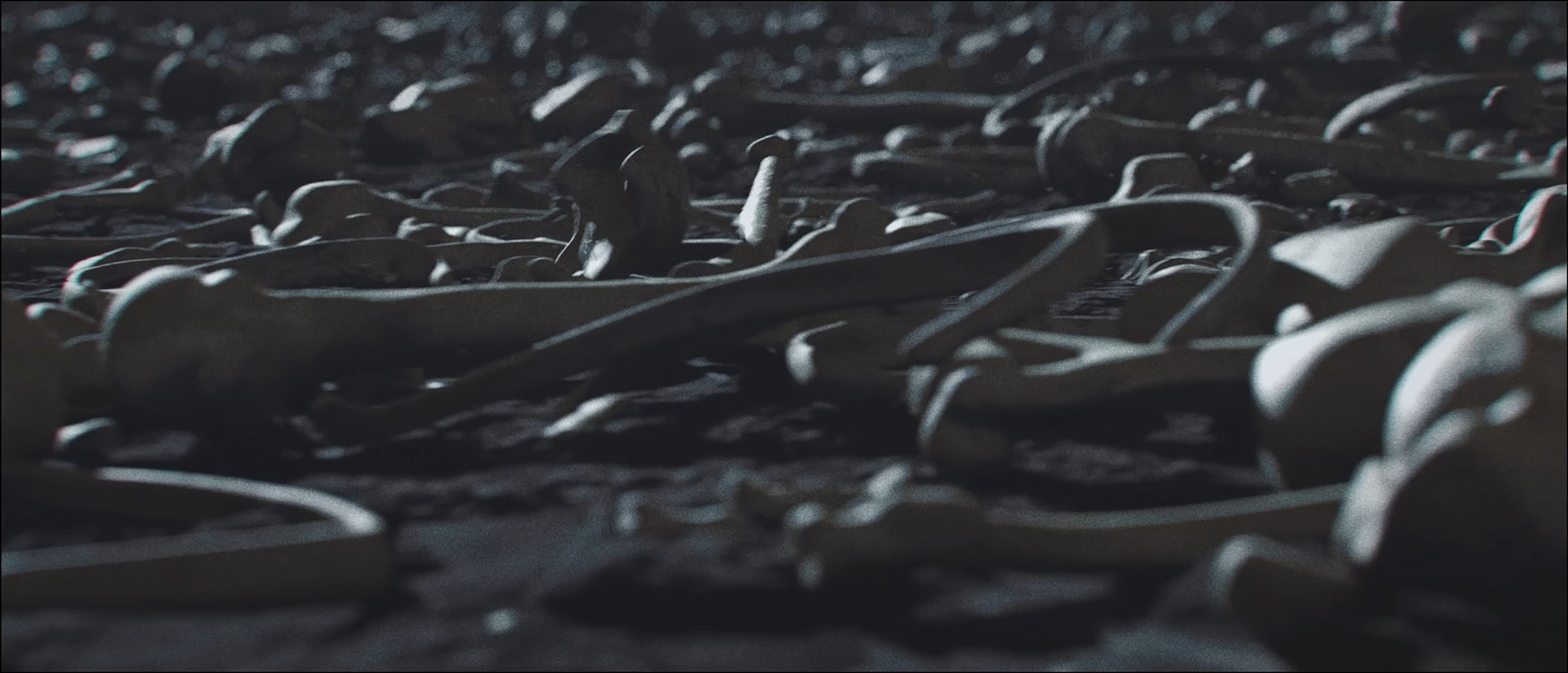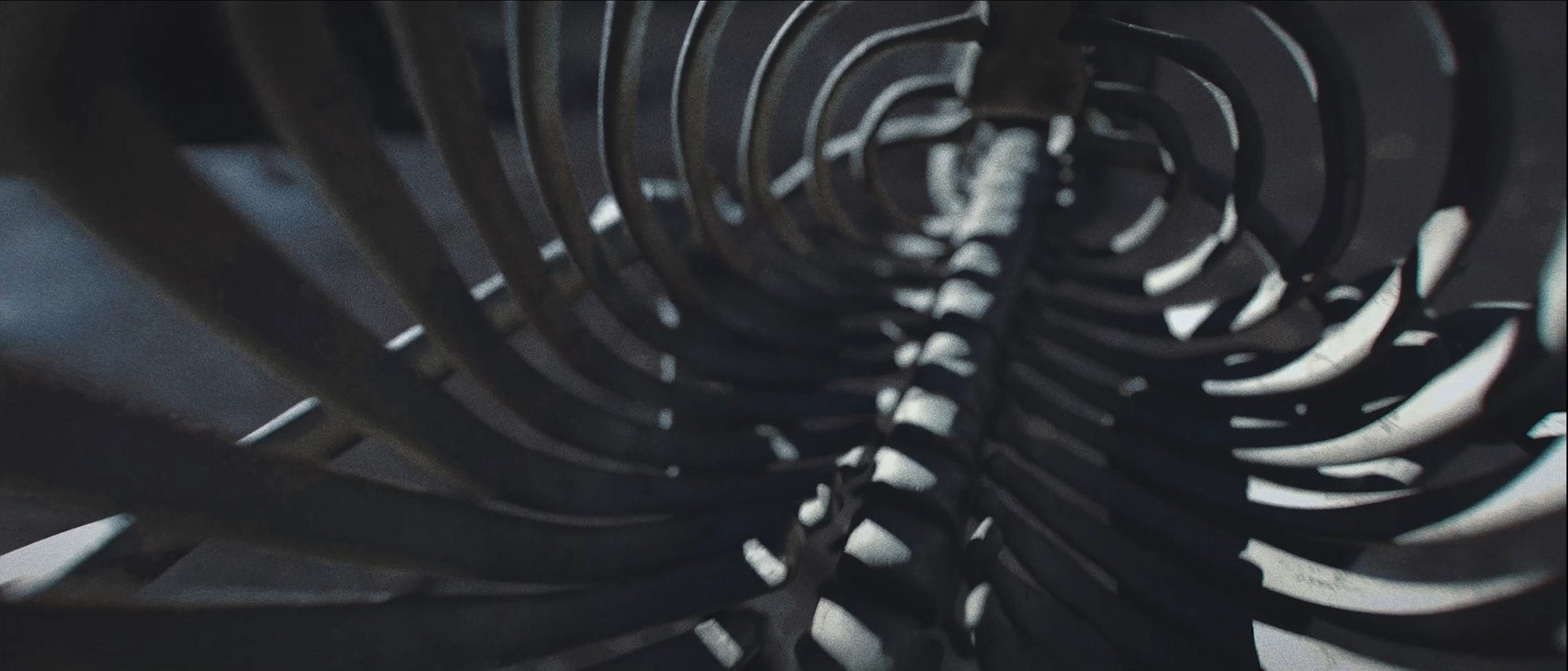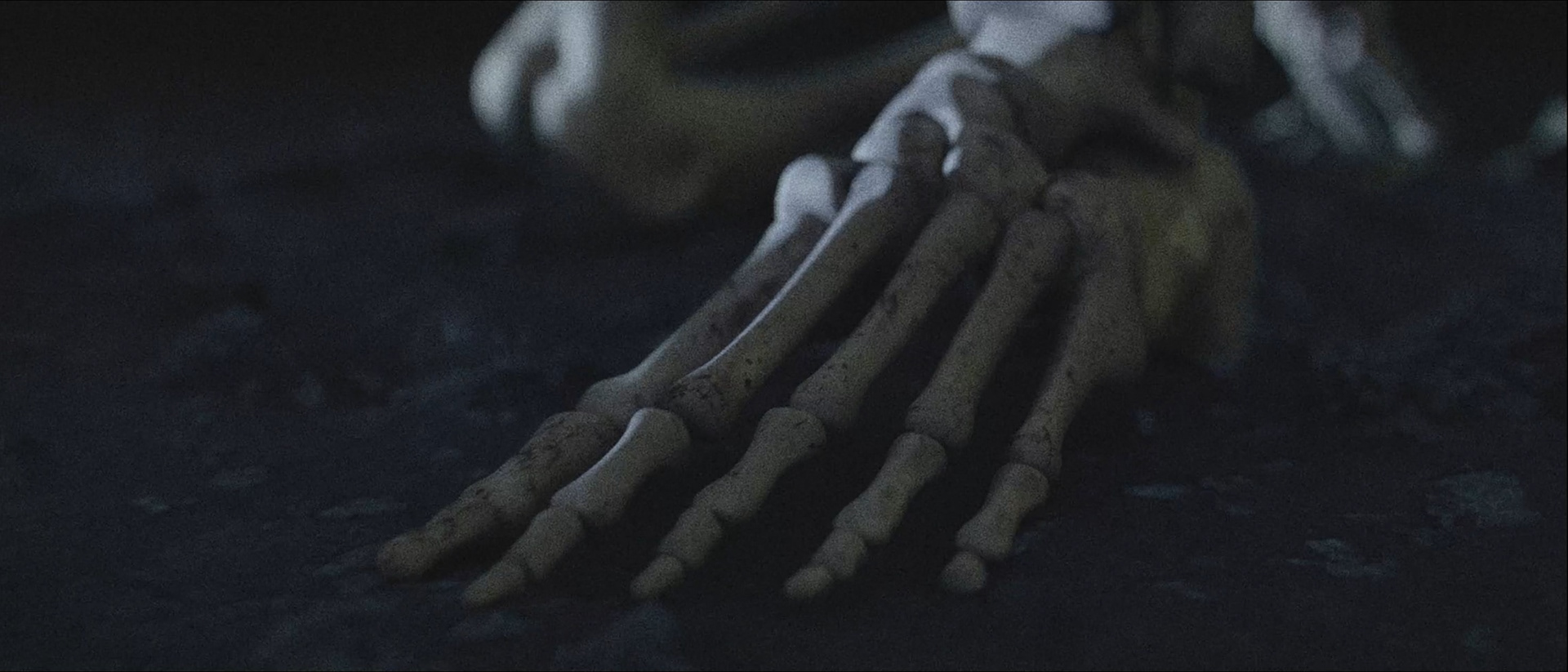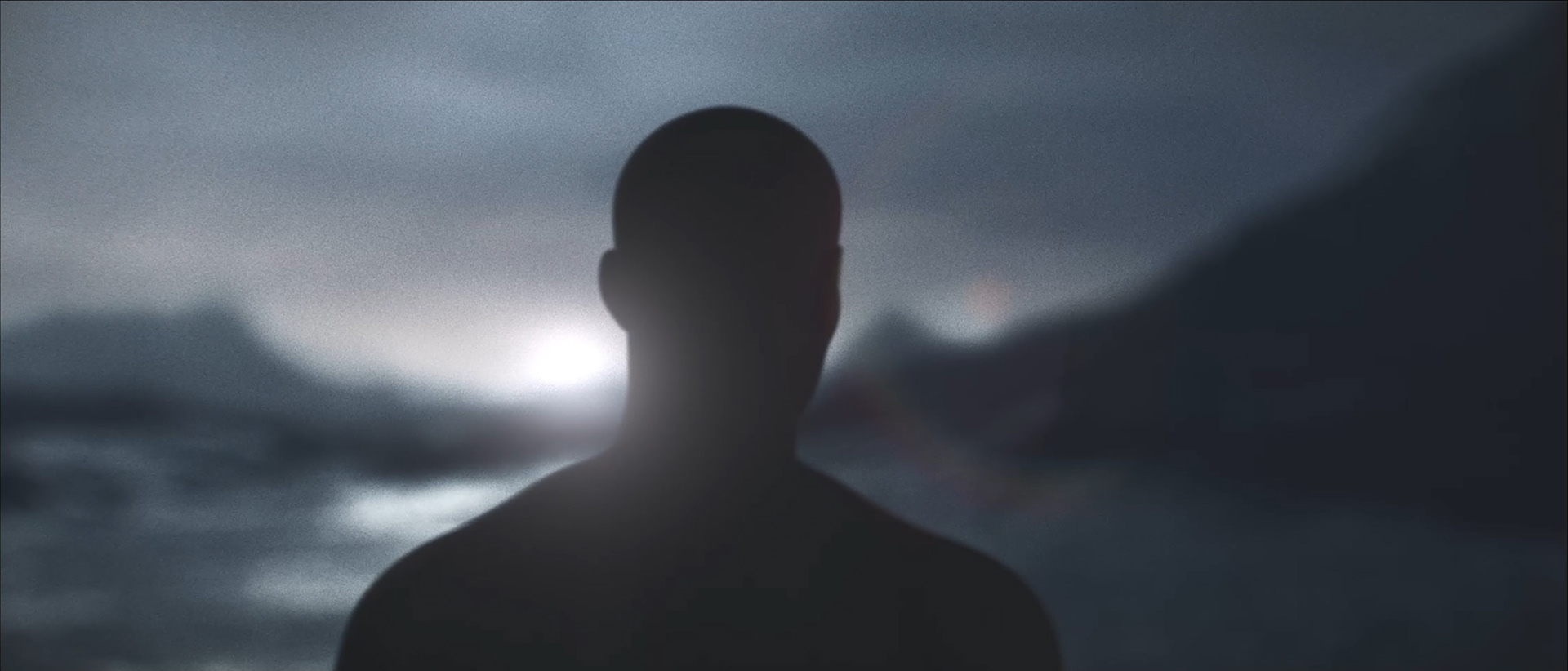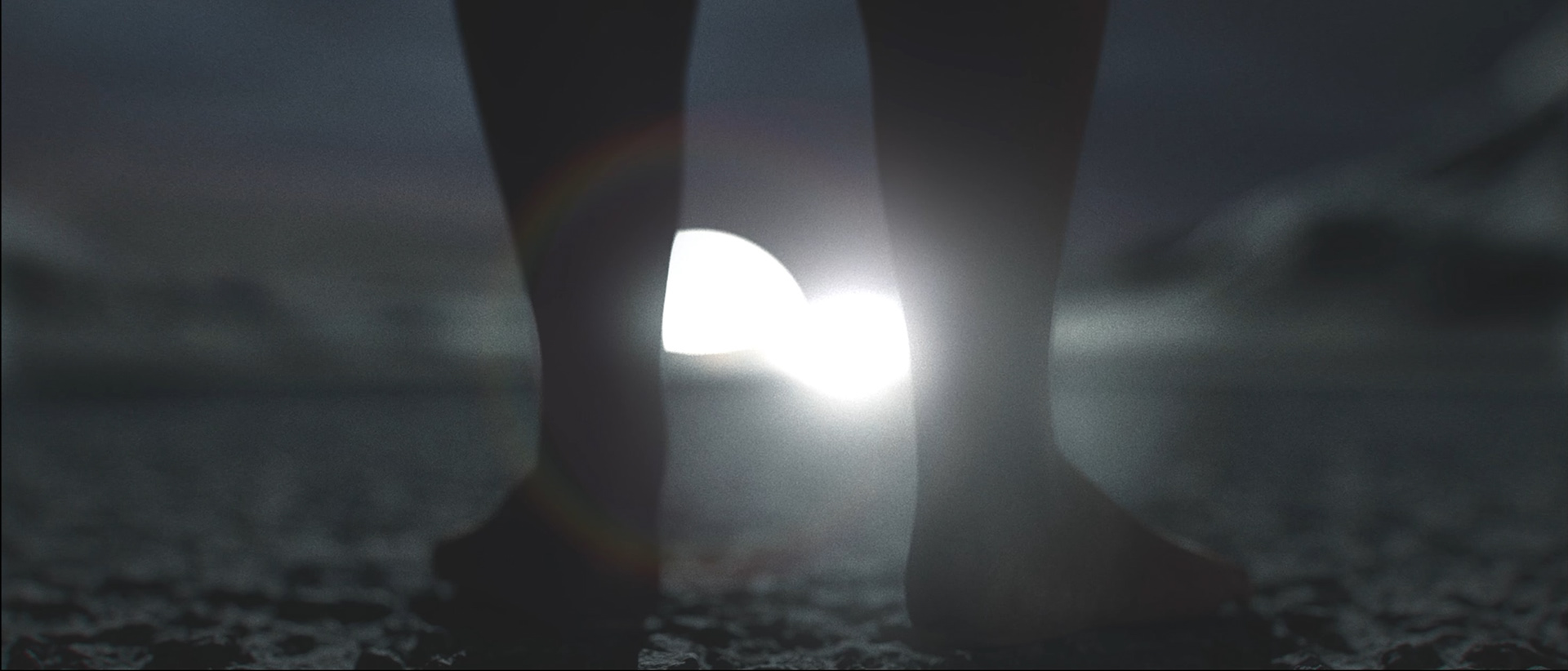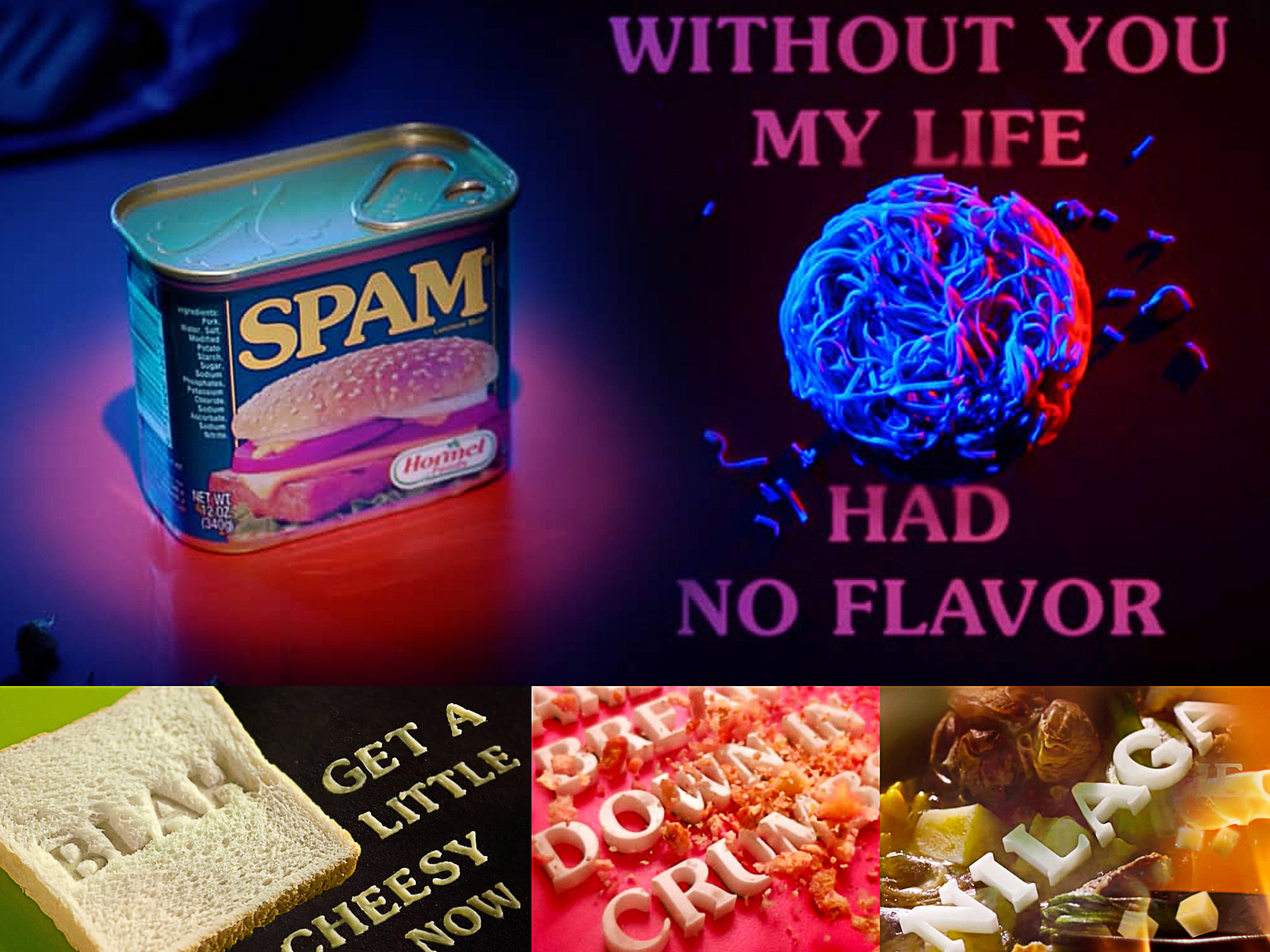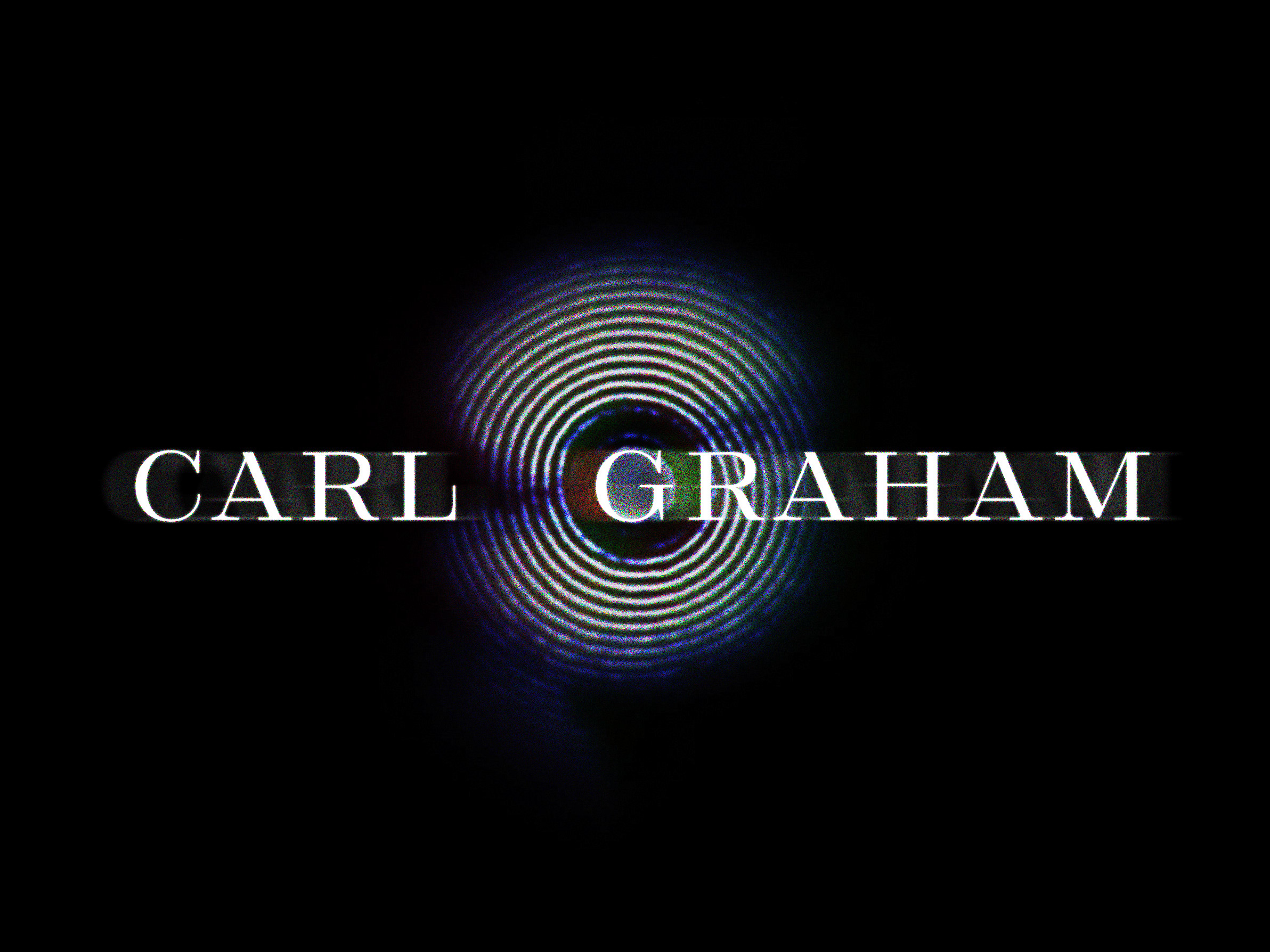This project was done as the course output for Advanced 3D Filmmaking with C4D at Mograph Mentor. Before that, I had taken Cinema4D Basecamp from School of Motion. Both were really great investments, and I’ve found that the best way for me to learn is through an actual project that has a bunch of creative challenges that I don’t yet fully know how to solve. And having Michael Jones and Jesus Suarez as mentors in Mograph Mentor definitely pushed the bar I had for myself.
I wanted to make something beautiful and photoreal, but also something that felt intense or “epic”. I also wanted to do something meaningful (in contrast to the commercial work) and so I took inspiration from a Bible passage that I always found so visceral, The Valley of Dry Bones from Ezekiel 37
Creative Challenges
Establishing the mood and starting with Music
I work a lot faster when I begin with music as a starting point. I knew what I had in-mind but I needed a track to pace things out and give me a sense of timing for the whole piece. I began very early with making sound effects with my mouth (haha) but then shifted into finding a track that I liked from MusicBed. I settled on a piece by Luke Atencio
Animating the bones for the first assembly shot.
I thought that it was something I could achieve completely through Cinema4D’s fields and effectors, hoping the program would do the heavy lifting, but it just wasn’t coming out with the finesse or the animation I had in mind. I ended up using helix paths for each bone and animating each bone one-by-one along the path.
Fleshing out the geography could’ve taken much longer.
I knew I was going to use noises to generate most of the landscape, and I ended up using TerraformFX from Insydium to art direct the main structures, and then I added some beautiful assets from Megascans for the objects closer to the camera.
Deciding which shots to keep and which to get rid of.
I had initially planned for the muscle and flesh to also animate in. I had set up a rig for how muscle would appear on the spine and had a promising pass at how the animation might look. But I had to step back and think of the big picture. With the support of Mike from MoGraph Mentor, I was able to make the call to junk the shot in order to focus on making the quality of the other shots even better with the time I had left. It was a hard decision, but ultimately felt like a practice in directorial decision making instead of allowing the artist part of me to keep a shot I’d gotten attached to (it was the first shot I animated).
Compositing and Grading
This may be a non-issue for many reading this, but this was my first aggressive foray into fixing things in the compositing stage. More and more in CGI, I’m realizing how much compositing and post can do to a shot. What helped me was (1)realizing that cryptomattes were actually a lot less intimidating to use than the name seemed to me, (2) a crash course in youtube videos to learn how to do some basic grading in DaVinci Resolve. I think that all came together to make the piece look a lot better than before all the compositing work.

